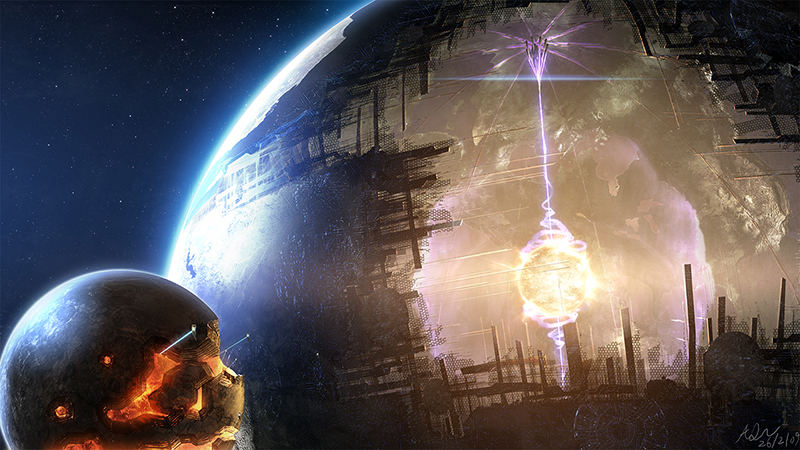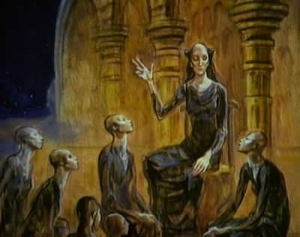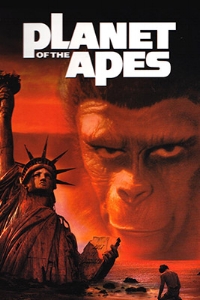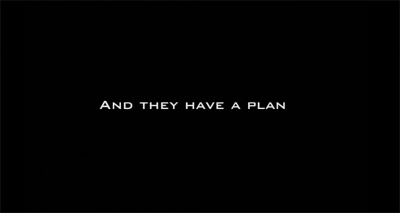I love world building. I assume that most people who write, run roleplaying games, or tell original stories in any other way do as well. I’ve got a drawer full of concepts that are really just about worlds I want to explore. And for me that’s a huge piece of all this, I want to explore these worlds and their people – to tell myself a story. In the end, hopefully that story will be something other people will want to read/hear/see as well. But therein lies part the problem. I’ve got to trust myself enough to say, “This is pretty cool! I think other people will think so too!”
Action scenes are usually what starts the ball rolling for me. The Æsterverse and ‘The Tomahawk Incident‘ were born from a scene I wrote about a life and death battle between naval ships in a sky filled with churning, supercharged clouds. The world grew from there, being built to make the things in that initial action sequence possible. My protagonists were part of the British Admiralty and their attackers were from some unknown faction. Okay, I’ve got a world of empires but there are unknown players out there in the darkness somewhere. There are huge ships suspended in the sky by some force in these clouds – the basics of æster physics were born.
I don’t know if there is a ‘right’ way to go about world building. I figure it’s as personal as the worlds coming out of it are. I’m not going to try and imagine what the kinds of things were going on in Frank Herbert’s mind when he was creating ‘Dune’. (A favorite book of mine, btw.) It’s easy to see the analogs to the real world in ‘Dune’, but it’s such an iconic universe nowadays it’s hard to realize just how groundbreaking it was when it came out. A book published in 1965 where a huge portion of this epic science fiction universe is run by women?
Currently there is word that Denis Villeneuve (Blade Runner 2049, Arrival, Sicario) is set to helm a two film adaptation of the book.
Then there is the film, ‘Planet of the Apes’ (1968). Based on the book by Pierre Boulle (Bridge over the River Kwai). It’s certainly dated to our modern sensibilities, but it was mind-bogglingly original when it hit the screen.
It takes tremendous trust in oneself to go this far off the reservation. I mean think about the pitch for ‘Planet of the Apes’: “Were gonna put folks in ape suits and toss Charleton Heston in there on an Earth where human beings have devolved to take the place of apes. Oh, and it all happened because we blew up the world with nukes – Whaddaya think!?” Yeah, I can imagine that took some meetings to work out.
A lot of worlds we see are derivative. We see the oft repeated Tolkien model of Elves, Dwarves, Dragons and Mages in books, games and films. When I compare the ‘Lord of the Rings‘ movies to Guy Ritchie’s ‘King Arthur: Legend of the Sword‘, I see similar worlds, but the dynamics in them, political and magical, are vastly different. Yes, Aragorn and Arthur are both guys who don’t want to be King, but the story of their paths to the throne is where the worlds really get fleshed out. But of course there is that little question of whether Lord of the Rings is itself a retelling of the Arthur story… and round and round and round we go.
But then we’ve got things like ‘The Dark Crystal‘. Here, we’ve gone -way- outside the norm. The story elements are age-old, a young person coming of age, etc, but the world is completely unique. The fracturing of the crystal devastated the world and split a single race into two halves, the Mystics and the Skeksis. That’s pretty cool stuff.
Years ago when we started building the Rise of Æster world, what would become the Æsterverse, I spent huge amounts of time with one of my friends who is a master of history, politics, natural sciences and how they interact. Thanks, Jeff! Because we were building a whole world to tell stories in, we needed to know everything from what governments were doing and why, to how the Earth and its ecosystems responded to the cataclysms that shook it. Let me add a quick public service announcement here – You don’t really get how much of civilization is near the ocean until you introduce a one hundred foot sea level rise… not pretty. We went into huge detail because that’s the kind of nerds we are. All that work created a foundation that I can now build any kind of stories I want on. And it’s easy for them to be internally consistent.
World building for fiction is different than it is for something like a role playing game. I’m using tabletop gaming for the example here. In an RPG, the players can go haring off in any random direction at any time. The old adage that ‘no plot survives first contact with the players’ is an absolute truism. As a result, the world has to be sufficiently built out for players to be able to do this. In narrative fiction, the world only exists within the field of view and experience of the Point of View character. There can be huge holes in the world because the writer controls the PoV.
As I write stories now, I don’t go into the level of detail I did when I was creating the Æsterverse. If it’s not within the scope of the character or the story specifically, it doesn’t have to be fleshed out – yet. The world evolves as the story grows. But as soon as the story touches something there’d better be at least a rough sketch of what’s there, otherwise I can end up painting myself into a corner.
One of my favorite stories about this sort of thing comes from the new Battlestar Galactica series. In the season two prologue they talk about the Cylons saying, “And they have a plan.”
Well, according to one of the producers, there was a day that they all met to start talking about season three and someone asked ‘Okay, so what’s the Cylon’s plan?’ The answer was that no-one had the vaguest idea. They’d painted themselves into a corner. A surprisingly common occurrence, even among professionals it seems.
As I said above, I love world building because I want to explore the worlds that I’m creating. And I think it’s critical for writers and storytellers to trust themselves enough to know that if we love the worlds in our heads, others will too. That doesn’t mean there isn’t a staggering amount of work that has to happen to bring them into being, but they are uniquely ours, our truest voices speaking to us. And by exploring those worlds, I believe we find our truest stories.




Comments +